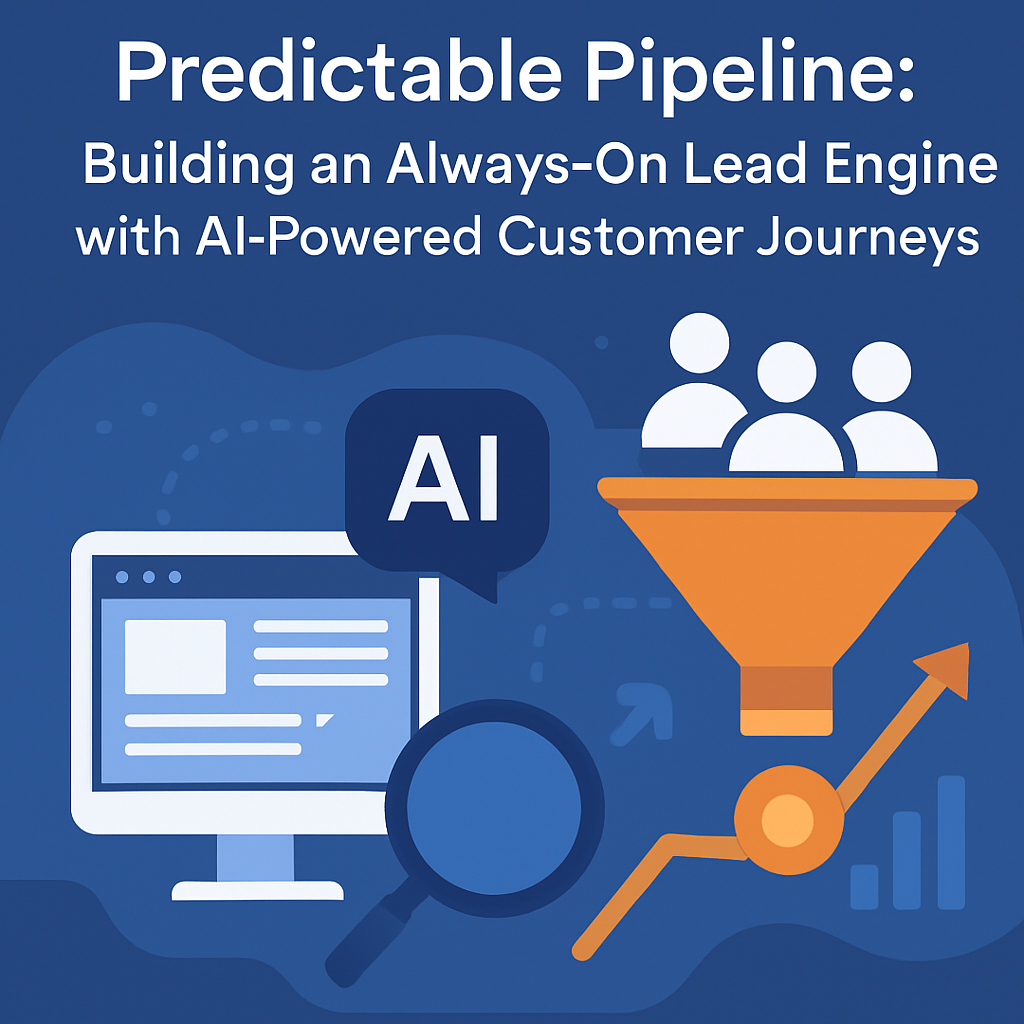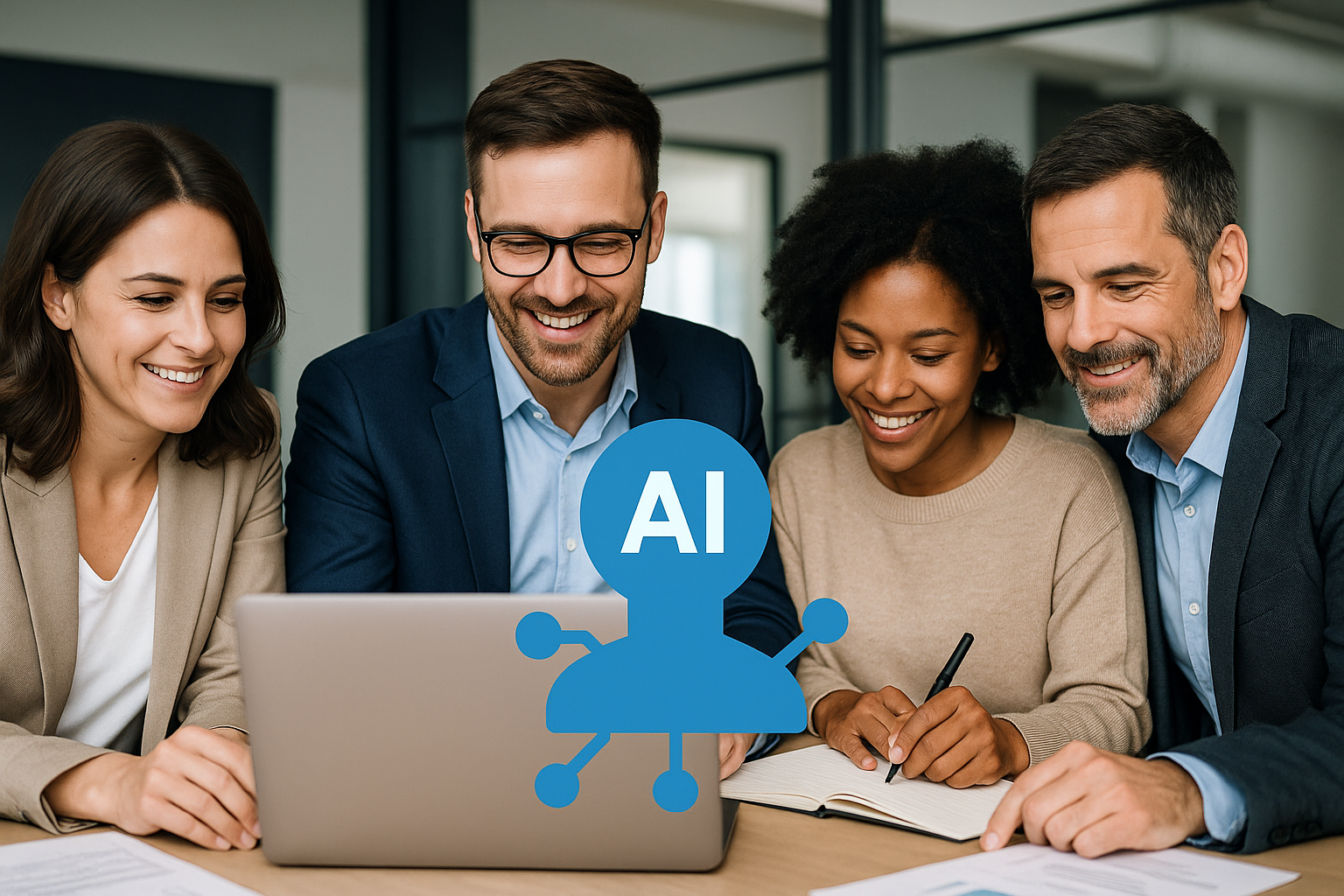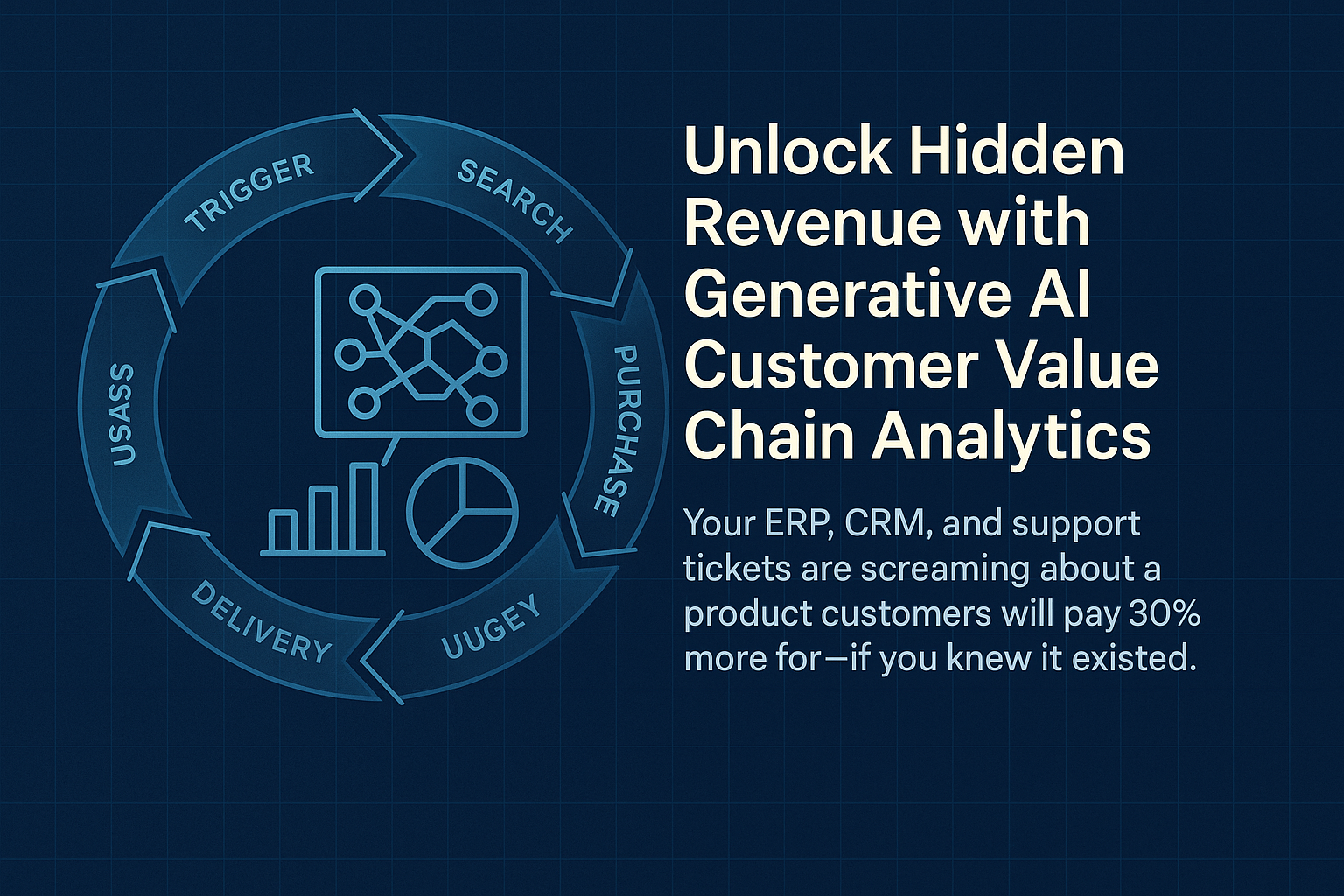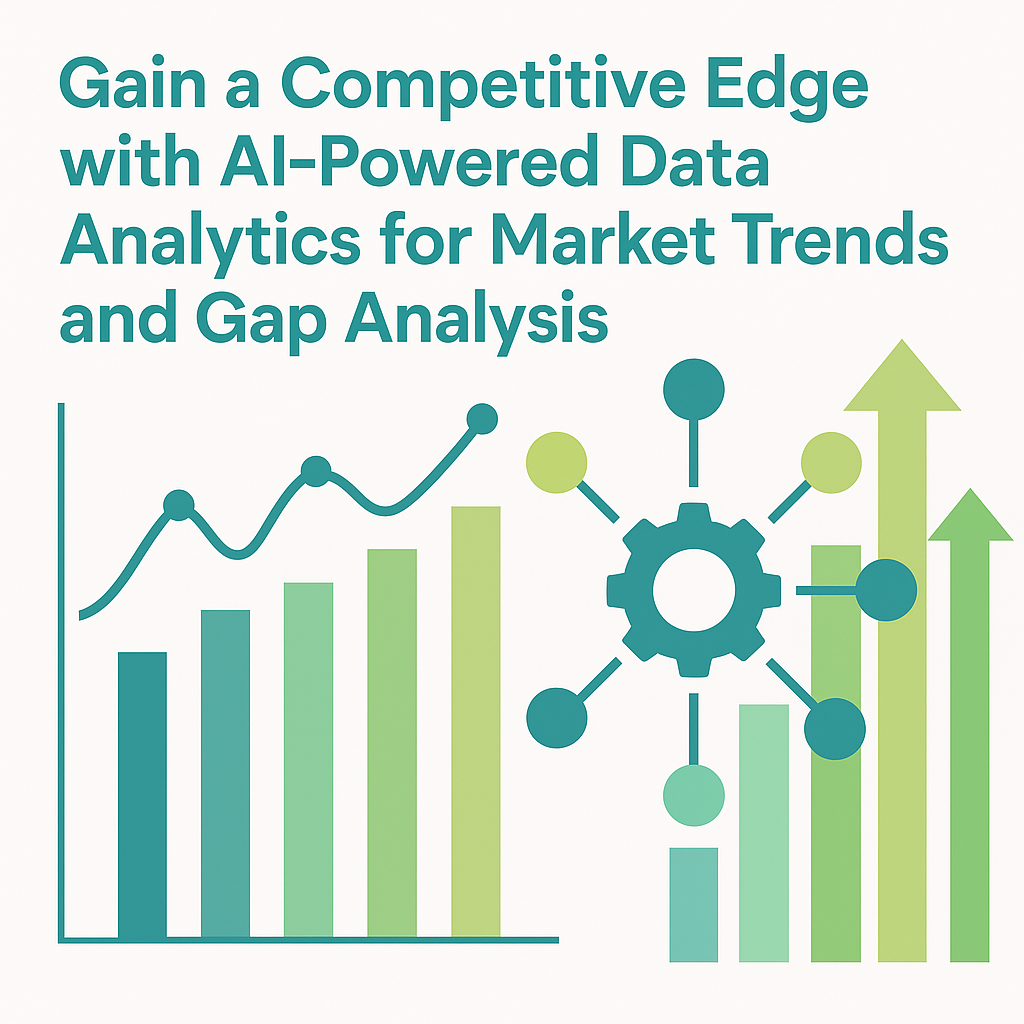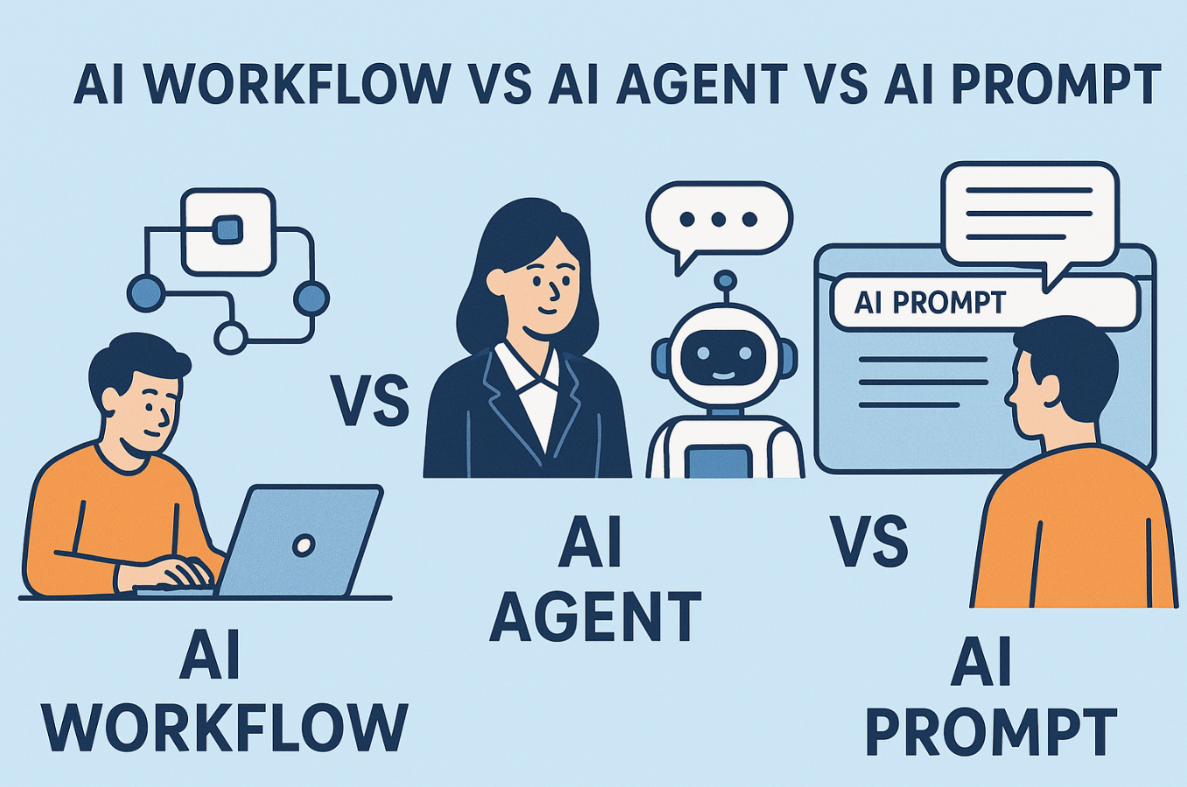Entrepreneurs encounter burnout not just from personal workloads but from broader operational stressors like task overload, inefficient resource use, and constant decision-making across their teams. AI workflow optimization for burnout prevention helps by streamlining key business processes, reducing decision fatigue, and promoting collaborative efficiency.
Key strategies include:
- Intelligent resource allocation,
- AI-driven predictive scheduling for teams
- Automation that prevents task bottlenecks and decision overload.
By addressing stress at the organizational level, AI workflow optimization for burnout prevention boosts productivity and creates a sustainable work environment. These tools streamline operations, balance workloads, and enhance collaboration, helping businesses scale efficiently without overwhelming their teams.
- Optimize Team Efficiency with Intelligent Task Prioritization
- Automate Repetitive Processes to Reduce Cognitive Overload
- AI-Powered Predictive Analytics for Long-Term Planning
- Smarter Collaboration through AI Workflow Optimization
- AI Workflow Optimization for Burnout Prevention at Scale
- Build a Healthier, Scalable Business with AI
Key Takeaways:
- AI optimizes business operations by intelligently distributing tasks and automating repetitive work.
- Predictive analytics anticipates resource needs and challenges, reducing the likelihood of disruptive surprises.
- Workflow optimization tools enhance collaboration, improving communication and task management.
- AI-driven scalability allows businesses to grow without overburdening their teams, ensuring long-term sustainability.
Read on to explore deeper insights into how these AI strategies optimize business workflows and prevent burnout in entrepreneurial ventures.
Optimize Team Efficiency with Intelligent Task Prioritization
Burnout within teams often arises when workloads are poorly distributed or when critical tasks pile up due to disorganized scheduling. AI workflow optimization for burnout Prevention offers a strategic solution by leveraging AI-powered task management tools to prioritize assignments based on factors such as deadlines, team capacity, and task complexity.
These tools utilize algorithms to optimize daily and long-term schedules, ensuring high-priority tasks are handled promptly while lower-priority work is deferred or reassigned. For example, AI-based project management platforms can analyze project timelines and recommend workload adjustments to prevent task overload on individual team members.
A technology entrepreneur managing multiple clients implemented an AI task prioritization system to reassign tasks dynamically based on real-time workload and deadlines. The AI system ensured that high-priority tasks were automatically moved up the queue while less critical tasks were deferred or reassigned to available team members. This led to fewer last-minute crises, which previously disrupted both productivity and morale.
With the AI system in place, the entrepreneur saw a 30% reduction in project delays. Their team reported feeling more in control of their day-to-day tasks, as responsibilities were clearly outlined and adjusted without constant manual intervention. This boost in efficiency allowed the company to handle a greater volume of projects at a consistently higher quality, ultimately leading to increased client satisfaction and revenue growth. Employees felt empowered and less stressed, which improved both retention and engagement across the organization.
Automate Repetitive Processes to Reduce Cognitive Overload
Constantly managing repetitive, low-value tasks is a major contributor to burnout for entrepreneurs and their teams. AI workflow optimization for burnout prevention provides a powerful solution by automating these processes, enabling individuals to focus on high-impact initiatives that require strategic thinking and creativity.
Common automations include client follow-ups, data entry, reporting, and financial reconciliations. AI tools, like chatbot-driven customer support or automated invoice processing, eliminate the need for manual oversight on routine tasks. By reducing time spent on these responsibilities, entrepreneurs free up both mental and emotional energy.
Additionally, cross-departmental automation improves operational efficiency by eliminating process silos. An AI-driven marketing automation tool can synchronize with sales pipelines, ensuring both teams are aligned in real-time without the need for extensive manual communication.
For example, a mid-sized technology company was struggling with inefficiencies in their lead handoff process. Marketing was generating leads that were either delayed or lost in transmission to the sales team due to a lack of visibility and coordination.
After implementing an AI-driven automation system, lead data was automatically shared and updated across platforms, allowing sales representatives to follow up within minutes of lead generation. This reduced response times by 40%, increased conversion rates, and significantly improved both interdepartmental collaboration and morale.
AI-Powered Predictive Analytics for Long-Term Planning
Fire drills, last-minute surprises, and shifting priorities can cripple productivity and escalate burnout. AI workflow optimization for burnout prevention addresses these challenges by leveraging predictive analytics to anticipate obstacles and resource needs well in advance.
These tools analyze historical data to forecast workload peaks, budget shortfalls, and sales fluctuations. For entrepreneurs, this means fewer unexpected disruptions and a clearer roadmap for scaling their operations. Predictive models also help business owners assess the feasibility of new ventures, products, or expansion initiatives before committing resources.
For example, an AI system might forecast market demand and required capital investments, helping entrepreneurs avoid overextending their resources by launching products or services with limited growth potential.
An e-commerce company explored launching a new product line but faced uncertainty about market demand and timing. By implementing predictive AI models, they were able to analyze trends in consumer behavior, seasonal purchase patterns, and competitive activity. The AI system provided data-driven forecasts that indicated a strong demand surge during an upcoming holiday season.
This insight allowed the business to strategically plan product development, marketing, and staffing well in advance, ensuring a successful launch while avoiding costly missteps or resource misallocation.
Smarter Collaboration through AI Workflow Optimization
Collaboration is essential for business success, but poor communication and inefficient coordination often lead to team burnout. AI workflow optimization for burnout prevention enhances teamwork by integrating AI into workflow tools that streamline delegation, communication, and task updates.
Advanced AI can recommend optimal meeting times based on team availability and prevent overbooking. In project management, AI-driven tools can assign tasks based on skill sets and bandwidth, ensuring employees are neither overburdened nor underutilized.
A manufacturing entrepreneur used AI-integrated project management tools to improve production and logistics scheduling. The system provided real-time updates, reducing miscommunications between departments and preventing costly delays.
By making collaboration more seamless, these AI solutions foster a culture of efficiency and clarity—key components of burnout prevention.
AI Workflow Optimization for Burnout Prevention at Scale
When a business begins to grow, it can be difficult to maintain the same level of productivity without risking burnout. Scaling operations introduces new complexities, including increased workloads, expanded teams, and evolving customer demands. AI workflow optimization for burnout prevention supports growth by maintaining efficiency across processes without overwhelming existing resources. This is how burnout prevention for entrepreneurs with ai really is magical.
Automated systems can scale up to handle more data, clients, and tasks without requiring proportional increases in manpower. This scalability allows businesses to meet rising demands without compromising their employees’ well-being or the entrepreneur’s mental bandwidth.
Entrepreneurs who invest in scalable AI solutions often find that they can expand their business with fewer growing pains, maintaining both operational efficiency and sustainable work practices.
Build a Healthier, Scalable Business with AI
By integrating AI workflow optimization for burnout prevention, entrepreneurs can create a business environment that supports both productivity and well-being. With optimized workflows, smarter collaboration, and predictive planning, businesses can reduce operational stressors and prevent the burnout that often accompanies growth.
To take the next step toward sustainable business success, schedule a strategy session with Inkyma. Our experts can help tailor AI-driven solutions that match your unique needs, empowering your business to thrive while maintaining balance and clarity.
What specific types of burnout can AI workflow optimization help prevent?
AI workflow optimization helps prevent several types of burnout, including decision fatigue by automating repetitive decisions, cognitive overload by distributing tasks efficiently, and time-related burnout by improving task prioritization and scheduling. These strategies ensure smoother workflows, allowing both entrepreneurs and their teams to focus on meaningful work without being overwhelmed.
How does AI-driven collaboration improve communication within teams?
AI-driven collaboration tools integrate with project management platforms to streamline communication through real-time updates, automated task assignments, and optimized meeting scheduling. By reducing miscommunication and redundant back-and-forth exchanges, these tools enhance productivity and prevent misunderstandings, ultimately reducing stress and improving team cohesion.
Can AI workflow optimization scale with a growing business?
Yes, AI systems are designed to scale with business growth by handling larger data volumes, more complex task assignments, and increased customer demands without a proportional increase in workforce requirements. This scalability ensures that businesses can continue growing without risking employee burnout or operational inefficiencies.





